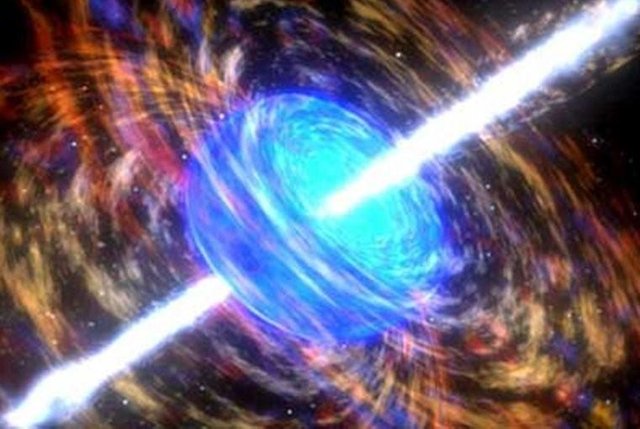Formation and importance of Supernova

A highly energetic explosive of a massive supergiant star towards the end of its lifetime is called a supernova. A supernova can outshine an entire galaxy for a short interval of time and it's luminous intensity takes several weeks or months to fade from sight. The surrounding interstellar medium is subjected to a shock wave and as a result spreading shell of gas and star dust is formed called supernova remnants. In most scientific circle, it is believed that production of heavy elements over astronomic periods of time Ultimately made the chemistry of life on earth possible. Due to the extremely high temperature achieved in a supernova, these are the main production units of elements higher than oxygen. Iron and other lighter elements below it are produced by uncle synthesis. Supernova are the main sites for the rapid form of uncleosynthesis is known as r-process. The r-process reaction in supernova is responsible for producing half of all elemantes having atomic mass higher than iron. The elements which are ejected from a supernova help in in enriching the molecular clouds that are found in our universe. Our sun and the solar system too is the product of a supernova explosion about 5 billion years ago. Our earth and life on it have been possible because the supernova contained appropriate amounts of life supporting elements which make up our earth today.
Supernova can be considered as the dominant factories of our universe, which are continuously helping in its evolution. The work that started with the Big bang is being continued by the supernova. Supernova are also one of the reasons of the expansion of our universe. Supernova remnants greatly impact the ecologyof the Milkyway. If it were not for supernova remnants, our Solar system, with its rocky planets, could never have formed.
The image is taken from astro-interest.com